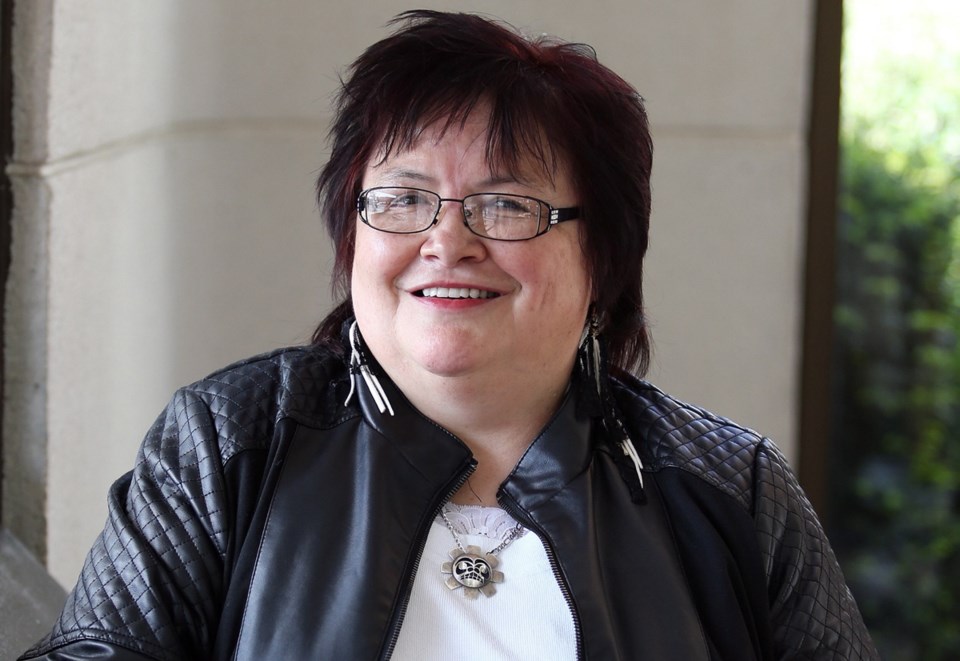The Greater Victoria school board says it needs another $4.97 million from the provincial government to do its job properly.
Although the district passed a balanced 2015-16 budget of $206 million last month as required, trustees say that funding isn’t really enough to deliver a full range of services.
A needs-budget letter from Greater Victoria school board chairwoman Edith Loring-Kuhanga said the extra money would pay for unmet needs identified by schools, including 49 full-time equivalent teachers and 118 hours a week for educational assistants.
Those positions would cover such things as special education — including learning-support teachers — speech-language pathologists, counsellors and teacher-librarians. Support for integrating technology into classrooms is another area identified.
“We urge the government to embrace their obligation to fully fund public education to ensure that the diverse learning needs of our students are met,” Loring-Kuhanga wrote.
Sooke school board chairwoman Wendy Hobbs estimated the shortfall in her district at $4.4 million in her needs-budget letter to the province. That amounts to $468 per full-time equivalent student, or about 4.5 per cent of the Sooke school district’s 2015-16 budget bylaw of $97 million.
Hobbs said the district's has developed a needs budget that illustrates the fiscal pressures it faces as a result of cost increases that have not been fully funded by the government, such as salary and benefit increases for all employee groups.
In previous years, the Greater Victoria district has sent needs-budget documents to the government along with the official budget, Loring-Kuhanga said, but this year decided instead to submit a letter signed by representatives of several groups involved in education — including the Songhees First Nation, the Victoria Confederation of Parent Advisory Councils, the Greater Victoria Teachers’ Association, specialist teachers and Canadian Union of Public Employees locals.
“I think the big thing for us was making sure that the government knew that it wasn’t just the school board, that it was all of our stakeholder groups who were actually on-side, as well, and have the same concerns,” Loring-Kuhanga said.
While the needs-budget issue is raised by a number of B.C.’s 60 school districts each year, overall education spending in 2015-16 will top $5 billion, said Ministry of Education spokesman Scott Sutherland.
“That’s $1.2 billion more annually than 2001,” he said. “Over the same period, September student enrolment has dropped by about 75,000 students.”
Sutherland said provincial funding to districts will increase by $421 million over the next three years.
Districts are required to submit balanced budgets each year by June 30. Failure to do so can mean the firing of a school board by the education minister, as happened in 2012 in the Cowichan Valley district.
In that case, trustees voted 5-4 not to present a balanced budget, opting instead for a needs budget with a deficit of more than $3.7 million. Mike McKay, then-superintendent of the Surrey school district, was appointed by the government to assume the board’s duties.



